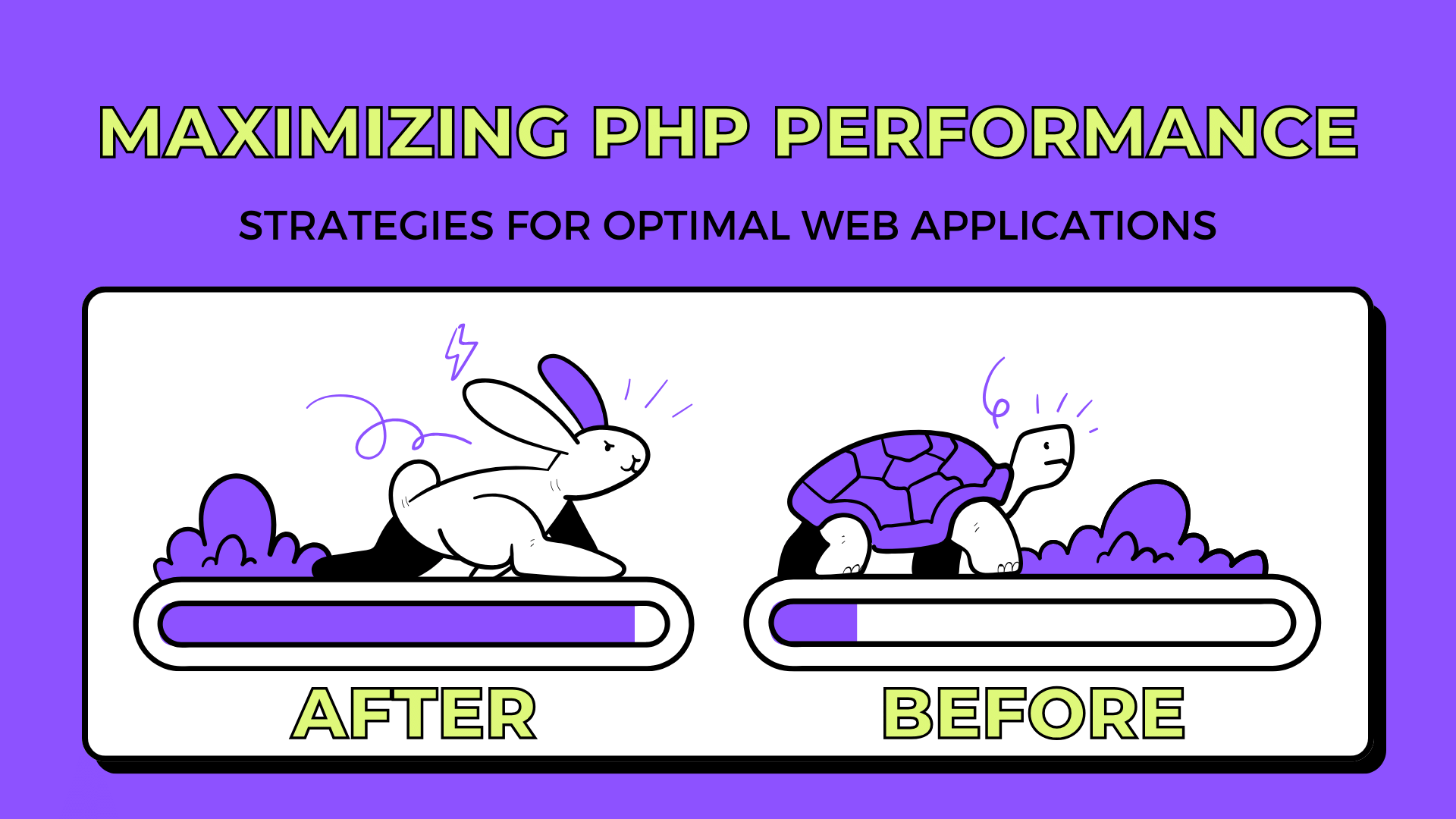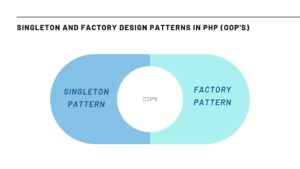Introduction
PHP powers the core of many web applications, serving as a fundamental element in their functionality. To ensure these applications operate seamlessly, achieving optimal performance is crucial. In this article, we’ll delve into a range of strategies aimed at maximizing PHP performance. By implementing these approaches, the goal is to enhance the efficiency and responsiveness of PHP-driven applications, allowing for smoother and more effective operations.
Understanding Performance Bottlenecks
Performance bottlenecks are hurdles within PHP applications that hinder efficiency. Let’s delve into two primary culprits:
- Inefficient Database Queries:
- Query Optimization: Improve query performance through efficient indexing, query structure, and reducing data retrieval.
- Caching Mechanisms: Utilize caching solutions like Memcached or Redis to minimize database load.
- Database Schema Review: Ensure optimal table structures and relationships for streamlined data retrieval.
- Unoptimized Code:
- Algorithm Enhancements: Implement optimized algorithms to reduce resource consumption and enhance execution speed.
- Code Refactoring: Review and restructure code segments for improved readability and efficiency.
- Resource Utilization: Optimize memory usage and minimize excessive file operations for smoother performance.

Code-Level Optimization Techniques

- Opcode Caching: Employ OPcache or other opcode caching mechanisms to store precompiled script bytecode for faster execution.
- Efficient Algorithms: Implement algorithms optimized for specific tasks to improve execution speed.
- PHP Accelerators: Utilize accelerators to cache compiled PHP code, reducing server load and speeding up execution.
Database Optimization
Optimizing database performance involves:
- Indexing: Strategically index database tables to expedite query execution.
- Query Minimization: Refine queries to fetch only necessary data, reducing load on the database server.
- Caching Strategies: Use caching mechanisms like Memcached or Redis to store frequently accessed data, minimizing database queries.
Caching Strategies

- In-Memory Caching: Store frequently used data in memory for quicker retrieval.
- Page Caching: Cache entire pages to serve them directly without executing PHP code.
- Browser and HTTP Caching: Utilize headers to instruct browsers to cache static resources for faster access.
Server Configuration and Tuning

- PHP Settings: Adjust memory limits and timeouts for optimal script execution.
- Web Server Configuration: Fine-tune server settings (Apache, Nginx) for efficient handling of PHP requests.

Performance Monitoring and Profiling Tools

- Monitor Metrics: Track performance metrics like response times, memory usage, and query execution times.
- Profile Performance: Identify bottlenecks and areas for optimization within PHP applications.
Best Practices for Scalability

- Designing for Scalability: Develop applications with scalability in mind, employing modular and scalable architecture.
- Horizontal and Vertical Scaling: Implement strategies to scale horizontally (adding more servers) or vertically (upgrading server hardware) based on demand.
Case Studies or Real-Life Examples

- Before-and-after scenarios of performance improvements through specific optimization techniques.
- The impact of optimization on overall PHP application performance.
Conclusion

Fine-tuning how the server handles PHP requests, like adjusting memory limits, and using tools to keep an eye on how PHP is doing, helps spot areas needing improvement.
Creating PHP applications that can handle more users without slowing down is vital. Scaling them up, both by adding more servers and making each server more powerful, ensures they can handle increased demand.
Real-life examples showcasing the impact of these improvements provide valuable proof of their effectiveness. Continuously applying these strategies ensures PHP applications run smoothly and efficiently, delivering a better experience for users.






